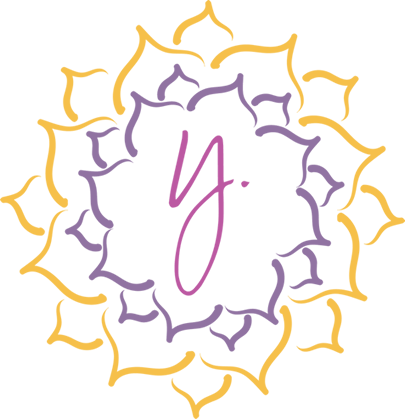Which one are you?
The first thing that tends to happen after you sit down and begin to wake up to your life is that you stir up a whole lot of pain for yourself. (And often, as was my case, a whole lot of pain for anyone who happened to be around me at the time.)
Once the practice of mindfulness really began to sink in, I started walking down hallways in my mind that I’d been avoiding for years, opening doors that were locked a long time ago.
It made me pretty angry.
Like, doing figurative back flips out of windows and throwing emotional hand grenades, all while texting a steady stream of “F”-you to practically anyone I could think of.
In fact, studies on mindfulness show that one reason people don’t sit in silence and learn to connect with themselves is because it’s too painful.
In the beginning, mindfulness can even exacerbate your suffering.
Your thoughts have power. They are mental units of energy that lay the foundation on which your whole existence is practically built. The more you choose a particular thought, the more that thought begins to store feelings within your psyche.
Your beliefs become patterned into your actual brain waves.
But once you begin to understand how your thought-led emotions inform your behavior, you can examine how you want to handle them.
It’s easy to get into the habit of believing that other people and situations make us feel a certain way—but they don’t. Only we get to choose what thoughts and emotions we put our energy behind.
But, most of us have to go through a dark night of the soul to get to the light on the other side. Culturally, we’ve shamed struggle and stigmatized pain to such a degree that nobody wants to go through it—but if you want to change your life, it’s unavoidable.
The truth is, by allowing your discomfort and suffering into your consciousness, you can begin to connect with yourself on a deeper level.
Only then will you start to heal.
If you’re ready to harness the power of your emotions, let’s explore the three ways human beings typically handle emotions in the first place.
1. Suppression/Repression
Suppression manifests as irritability, mood swings, muscle tension, and various other physical ailments and illnesses. Remember, your feelings create hormones and chemicals that flow throughout your body. If you suppress those emotions, the compounds are stuck there, eating away at you, causing everything from panic attacks to ulcers.
Repression includes denial and projection, which tend to work together and reinforce one another. Denial results in major emotional and maturational blocks. Projection is the primary mechanism used by the world today and accounts for war, civil disorder, inequality, racism, and more.
2. Expression
Expression includes verbalizing or using body language to act out your feelings in front of others— otherwise known as our blow-ups, breakdowns, and toddler-scale temper tantrums. The expression of negative feelings releases just enough inner pressure that the remainder can then be suppressed.
Unfortunately, when you unload all your negative feelings onto someone else—particularly someone who hasn’t yet done their own work of mindfulness—they wind up suppressing, repressing, expressing, or escaping everything you’ve just unloaded onto them. This can create a cycle of negativity that just brings everyone down.
We often think we need to “vent” to others to feel better, but we do not. Expressing a feeling just gives it more energy. Instead, taking responsibility for neutralizing your negative feelings allows for positive emotions to be expressed, instead.
3. Escape
Escape is the avoidance of feelings through diversion. When you avoid what’s going on inside you by engaging in an endless variety of pursuits, dependency and addiction (to shopping, sex, food, drugs and alcohol, and more) often manifest.
This explains the constant, frantic activities modern humans immerse ourselves in: Endless socializing, talking, texting, reading, music-playing, working, traveling, sightseeing, shopping, overeating, gambling, movie-going, pill-taking, drug-using, cocktail-partying, and more.
We’ve all engaged in each one of these, and some more than others. But through mindfulness, what you can learn to do instead is sit down and shut up. Then you’re free to ask yourself what you’re suppressing, repressing, expressing, or escaping.
Once you’re aware, you can begin to free yourself from your emotions—with healthy activities like somatic exercises, rest, reconnecting with hobbies you love, supportive relationships, a walk in nature, volunteering in your community, and more.
The first step is simply becoming aware of how YOU handle YOUR emotions at any given time.
That is the essential wakeup call.
